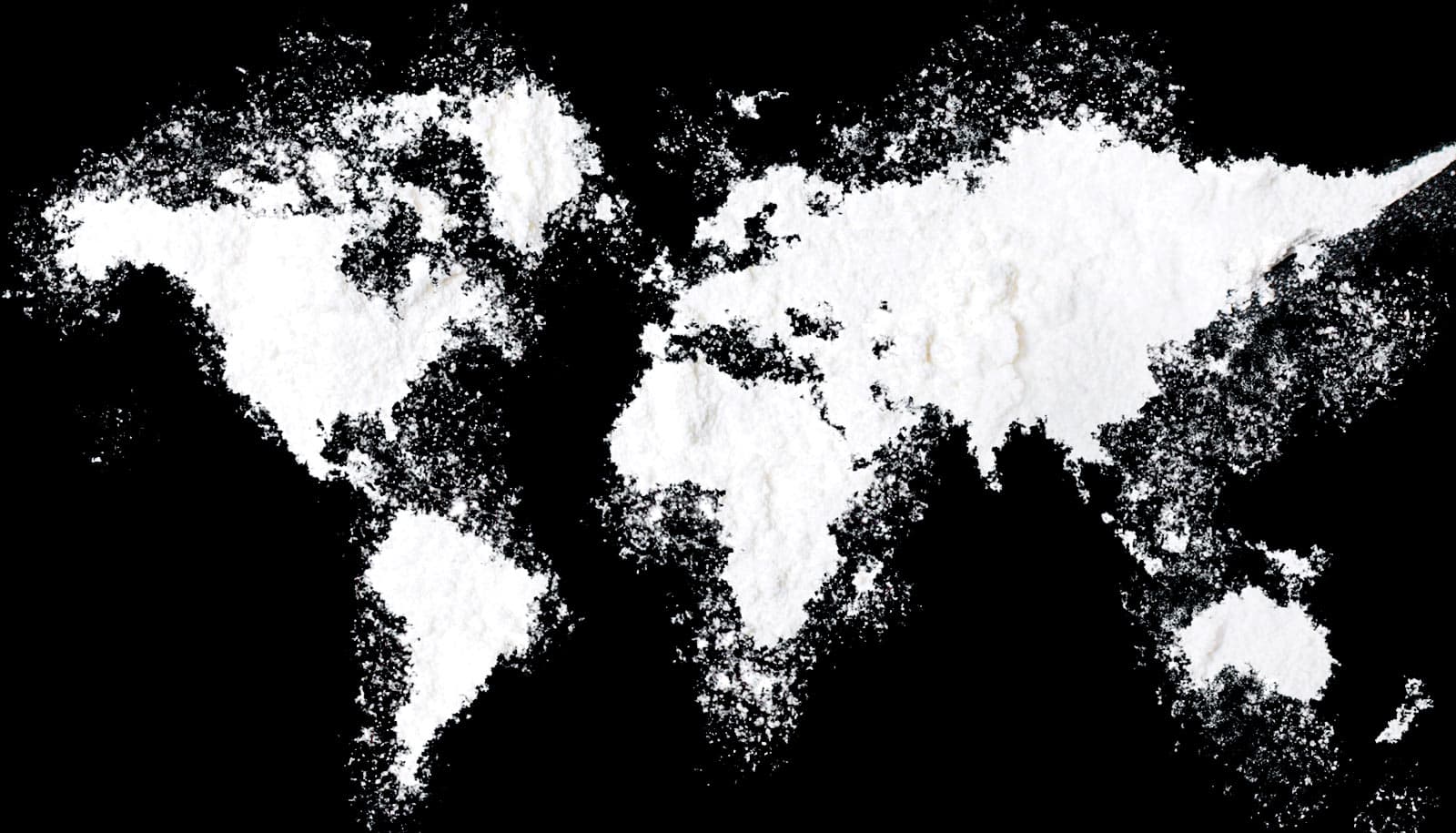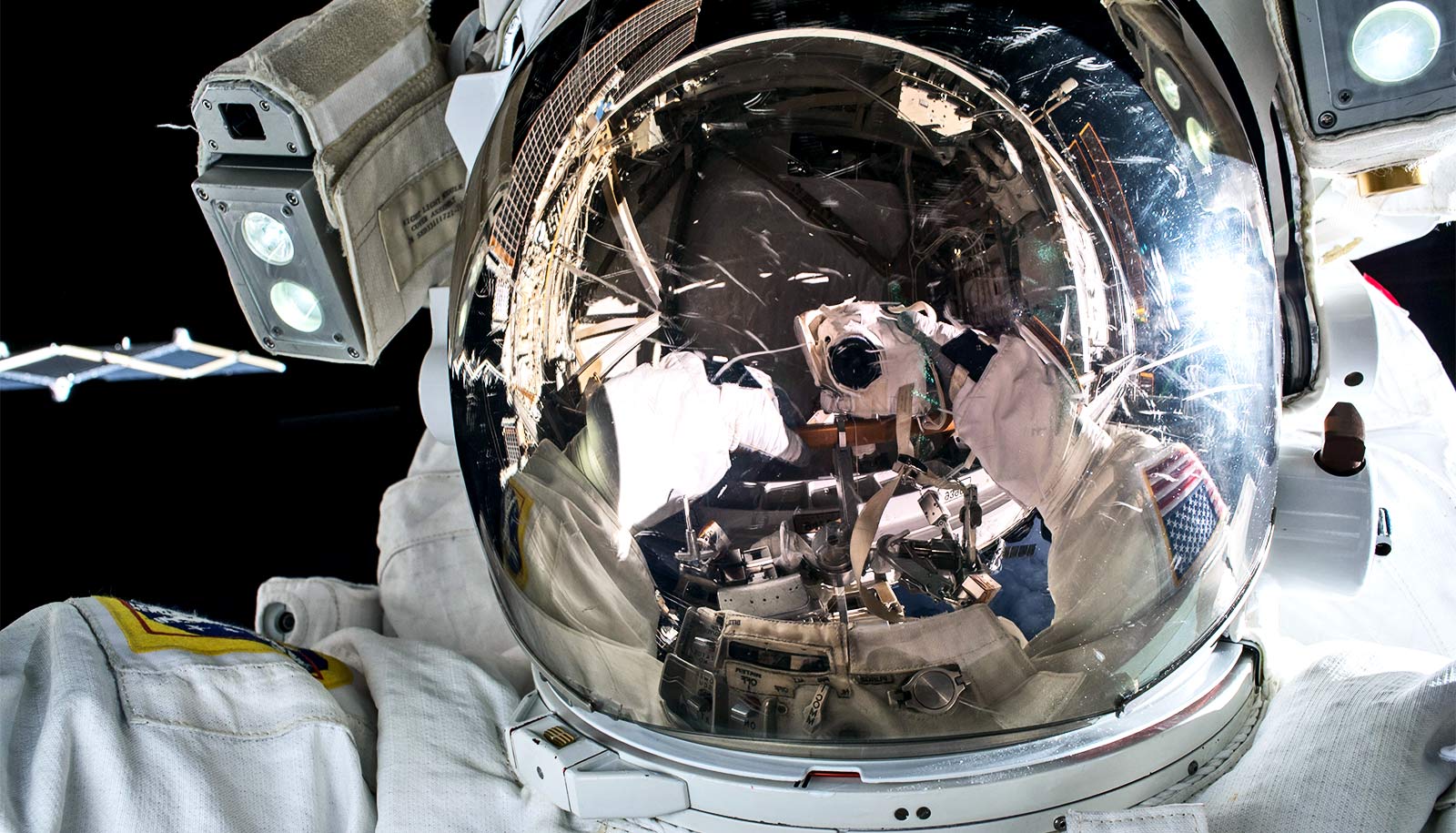Recycled and aged human urine can serve as a fertilizer with low risks of spreading antibiotic-resistant DNA, according to new research.
It’s a key finding in efforts to identify more sustainable alternatives to widely used fertilizers that contribute to water pollution. Their high levels of nitrogen and phosphorus can spur the growth of algae, which can threaten our sources of drinking water.
Urine contains nitrogen, phosphorus, and potassium—key nutrients that plants need to grow. Today, municipal treatment systems don’t totally remove these nutrients from wastewater before releasing it into rivers and streams. At the same time, manufacturing synthetic fertilizer is expensive and energy intensive.
Over the last several years, a group of researchers has studied the removal of bacteria, viruses, and pharmaceuticals in urine to improve the safety of urine-derived fertilizers.
In this new study, they show that the practice of “aging” collected urine in sealed containers over several months effectively deactivates 99% of antibiotic-resistant genes that were present in bacteria in the urine.
“Based on our results, we think that microorganisms in the urine break down the extracellular DNA in the urine very quickly,” says Krista Wigginton, associate professor of civil and environmental engineering at the University of Michigan and corresponding author of the study in the journal Environmental Science and Technology.
“That means that if bacteria in the collected urine are resistant to antibiotics and the bacteria die, as they do when they are stored in urine, the released DNA won’t pose a risk of transferring resistance to bacteria in the environment when the fertilizer is applied.”
Previous research has shown that antibiotic-resistant DNA can be found in urine, raising the question of whether fertilizers derived from it might carry over that resistance.
The researchers collected urine from more than 100 men and women and stored it for 12 to 16 months. During that period, ammonia levels in the urine increase, lowering acidity levels and killing most of the bacteria that the donors shed. Bacteria from urinary tract infections often harbor antibiotic resistance.
When the ammonia kills the bacteria, they dump their DNA into the solution. It’s these extracellular snippets of DNA that the researchers studied to see how quickly they would break down.
Urine has been utilized as a crop fertilizer for thousands of years, but has been getting a closer look in recent years as a way to create a circular nutrient economy. It could enable manufacturing of fertilizers in a more environmentally friendly way, reduce the energy required to manage nutrients at wastewater treatment plants, and create localized fertilizer sources.
“There are two main reasons we think urine fertilizer is the way of the future,” Wigginton says. “Our current agricultural system is not sustainable, and the way we address nutrients in our wastewater can be much more efficient.”
In their ongoing work, the team is moving towards agricultural settings. “We are doing field experiments to assess technologies that process urine into a safe and sustainable fertilizer for food crops and other plants, like flowers. So far, our experimental results are quite promising,” says Nancy Love, professor of civil and environmental engineering.
The National Science Foundation funded the work.
Source: University of Michigan



